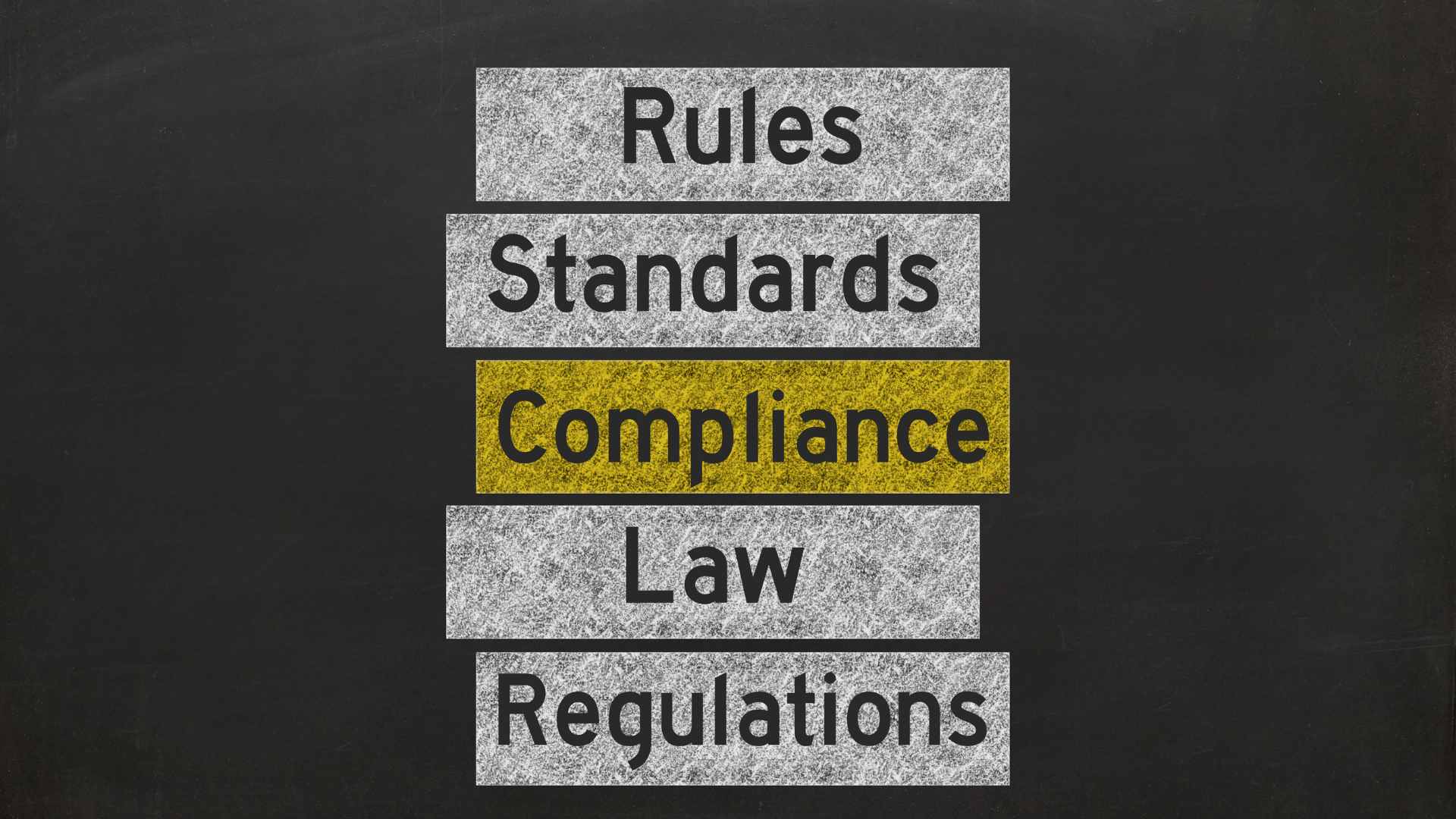VIEW BY TOPIC
- Finding Customers
- Business Systems
- Managing Employees
- Leadership
- Managing Money
Related Posts

Ready to Grow Your Business Fast?
Here’s How I Grew Five Businesses, and Eventually Sold One to a Fortune 500 Company.

Employee health and safety is a serious concern, from both a legal and ethical standpoint. Health and safety legislation has come a long way since its first real introduction to UK law in the 1970s – but for many starting out their own new business venture, the essential routes to ensuring staff safety are ill-defined. How can you ensure your staff remains safe in the workplace?
Risk Assessments
Employee safety and health measures are underpinned by the risk assessment, which seeks to comprehensively identify and engage with the various risks and hazards presented by a given workplace or site. A risk assessment not only recognizes a given risk, but identifies manners in which it can be reduced and grants responsibility for these measures to an individual – establishing accountability.
PPE

Hand-in-hand with recognising the various risks present in your workplace is the provision of equipment to protect against them. Where a safety officer has recognised the serious risk of hearing damage from loud or sustained volume of tools or industrial equipment, hearing protection in the form of ear defenders or plugs must be supplied. Likewise, crush risks from heavy or falling objects should be met with hard hats and steel toe-capped boots.
This is not just an ethical or morale-based standpoint. Health and safety legislation is unequivocal on a business’ health and safety responsibilities to its staff, with the provision of adequate personal protective equipment (PPE) a legal requirement.
Signage and Procedure
But PPE is regarded as a ‘last resort’ in terms of workplace health and safety. It is often the last barrier between a potential hazard and a member of staff; more effective forms of health and safety intervention occur earlier in the chain, mitigating exposure to risk or even eliminating risk altogether.
These kinds of interventions can be achieved in a number of ways. Signage is the most obvious way in which hazards are outlined and risks mitigated; with proper signage, workers and visitors can understand any present dangers, and take steps to avoid them. The robust procedure, enshrined by company policy, is key to aligning staff on the importance of safety.
Training
The above provisions are absolutely crucial to promoting a safe working environment for your employees. However, their impact can be negligible if not shored up with arguably the most important piece of the puzzle: training.
Without a comprehensive approach to staff training, not all employees will have the same understanding of your business’ safety expectations. On a simple level, if an employee has not been trained in the proper use of certain apparatus, the likelihood that they will injure themselves with it is heightened. This extends to the wearing of PPE, and the following of strict health and safety procedures.
By regularly and repeatedly training staff members in the correct conduct and practice from a health and safety standpoint, you can ensure all employees are upskilled to the same level. Employees will be on the same page, and no one weak link can inadvertently cause a preventable incident.














